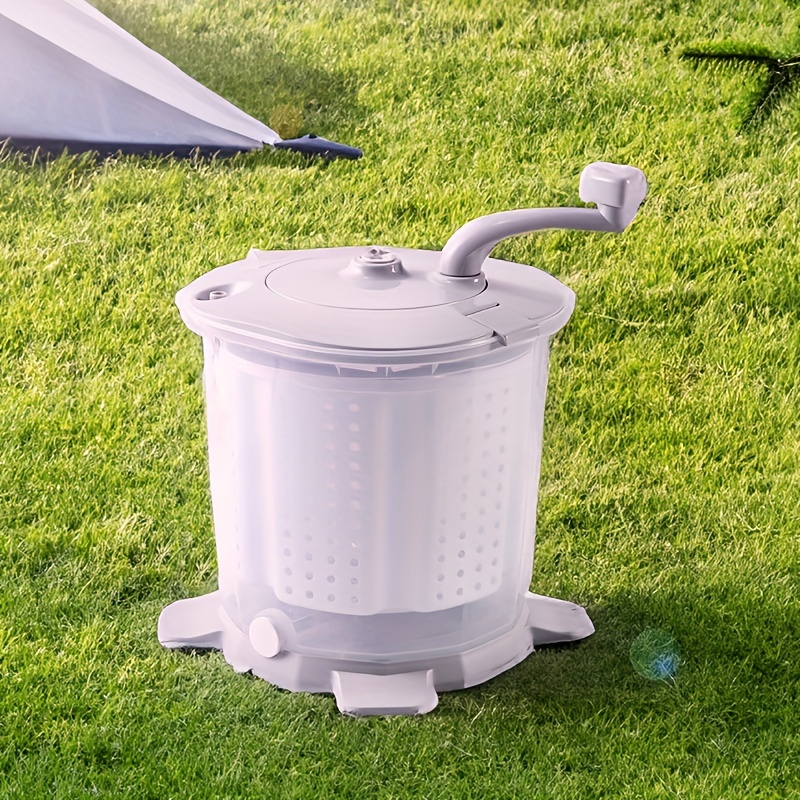With the global emphasis on sustainability and eco-friendly practices, non-electric washing machines have seen a resurgence. These machines offer an alternative to traditional, energy-consuming washing appliances, providing a greener and often more affordable option for laundry.
Understanding the Appeal of Non-Electric Washers
Going Green with Manual Power
The appeal of non-electric washing machines is multifaceted. At its core, the concept of using washing machine no electricity to operate significantly reduces the carbon footprint of one’s household. In a time where every contribution to energy conservation matters, these machines foster an awareness of resource consumption. They encourage a more active, hands-on approach to daily chores.
In addition, non-electric washing machines are often less expensive than their electric counterparts. There are no ongoing energy costs, and the simplicity of their design usually translates to fewer maintenance issues. They often require smaller amounts of water and detergent, benefiting both the environment and your wallet.
Suitability for Various Living Situations
These non-electric devices are not one-size-fits-all. Instead, they come in various designs to cater to different needs. From compact, portable models suited for small apartments and RVs, to larger, more robust versions for family homes, non-electric washing machines are adaptable. They are also a boon in areas where electricity is unreliable or where living off-grid is the lifestyle of choice.
Comparing Non-Electric Washing Machine Models
Evaluating Hand-Powered Innovations
Non-electric washing machines come in various forms, from hand-crank models to pedal-powered machines. Each type offers a unique set of benefits that cater to different preferences and levels of physical involvement.
Hand-crank models, for instance, are portable and straightforward. They allow the user to control the agitation necessary for cleaning clothes. On the other hand, pedal-powered machines provide a hands-free experience. They can also offer a mild workout, combining laundry time with physical exercise.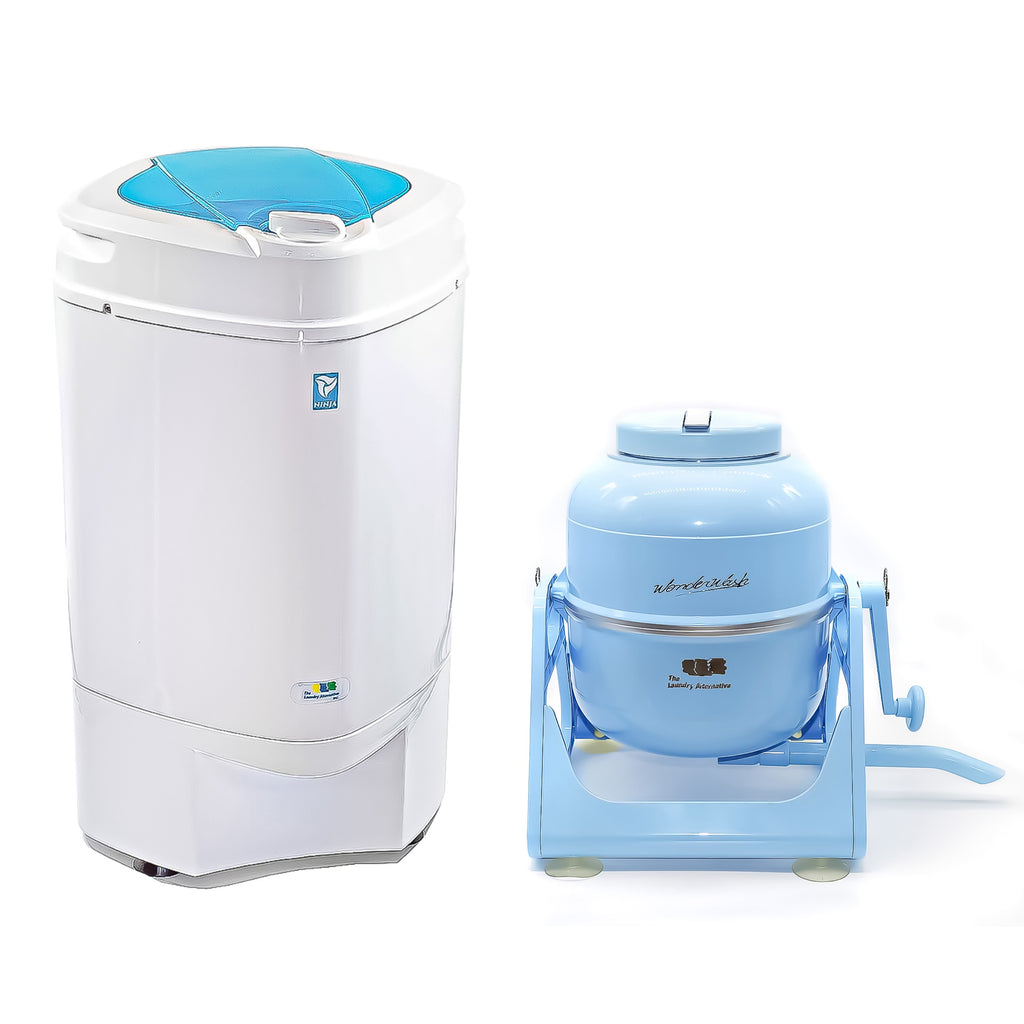
Another notable model is the plunger-type washer. It resembles a regular bucket but is fitted with a washboard or plunger mechanism for agitation. Users can operate these easily and with minimal effort. Being lightweight and easy to store, plunger-type washers are ideal for small living spaces and for individuals who travel frequently.
The Efficiency of Non-Electric Machines
While these machines may not hold the same capacity as larger, electric machines, they can be surprisingly efficient at cleaning clothes. Their operation allows for more control over the amount of agitation and soaking time, which can lead to effectively laundered garments without the rough handling that sometimes occurs with conventional machines.
With thoughtful use, non-electric machines can handle a range of fabrics. Even delicate items that might require handwashing can be safely cleaned with the right non-electric model. It’s important for potential users to consider the volume of laundry and the types of fabrics they typically wash when choosing a non-electric washing machine.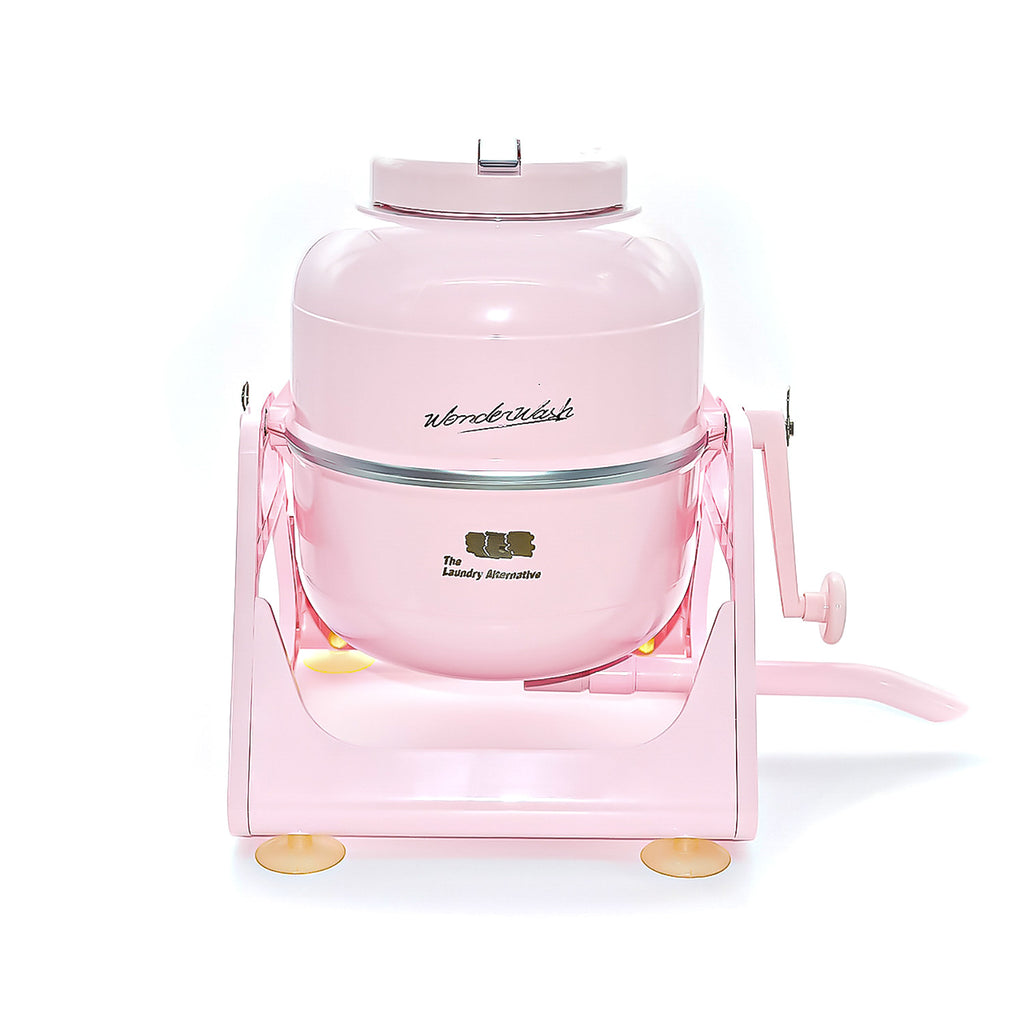
Introduction:
In our fast-paced and technologically advanced world, it can be easy to overlook the simplicity and efficiency of non-electric washing machines. These ancient yet ingenious devices have stood the test of time and continue to offer an environmentally friendly and cost-effective alternative to their electric counterparts. In this article, we will explore the advantages of non-electric washing machines and highlight their significance in today’s society.
-
The Simplicity of Non-Electric Washing Machines
Non-electric washing machines, also known as manual or hand-powered washing machines, operate without relying on electricity, making them accessible in areas with limited or no access to power. These machines typically consist of a central drum or basin that is agitated manually to clean clothes. The absence of complex electrical components simplifies their operation, making them easy to understand and maintain.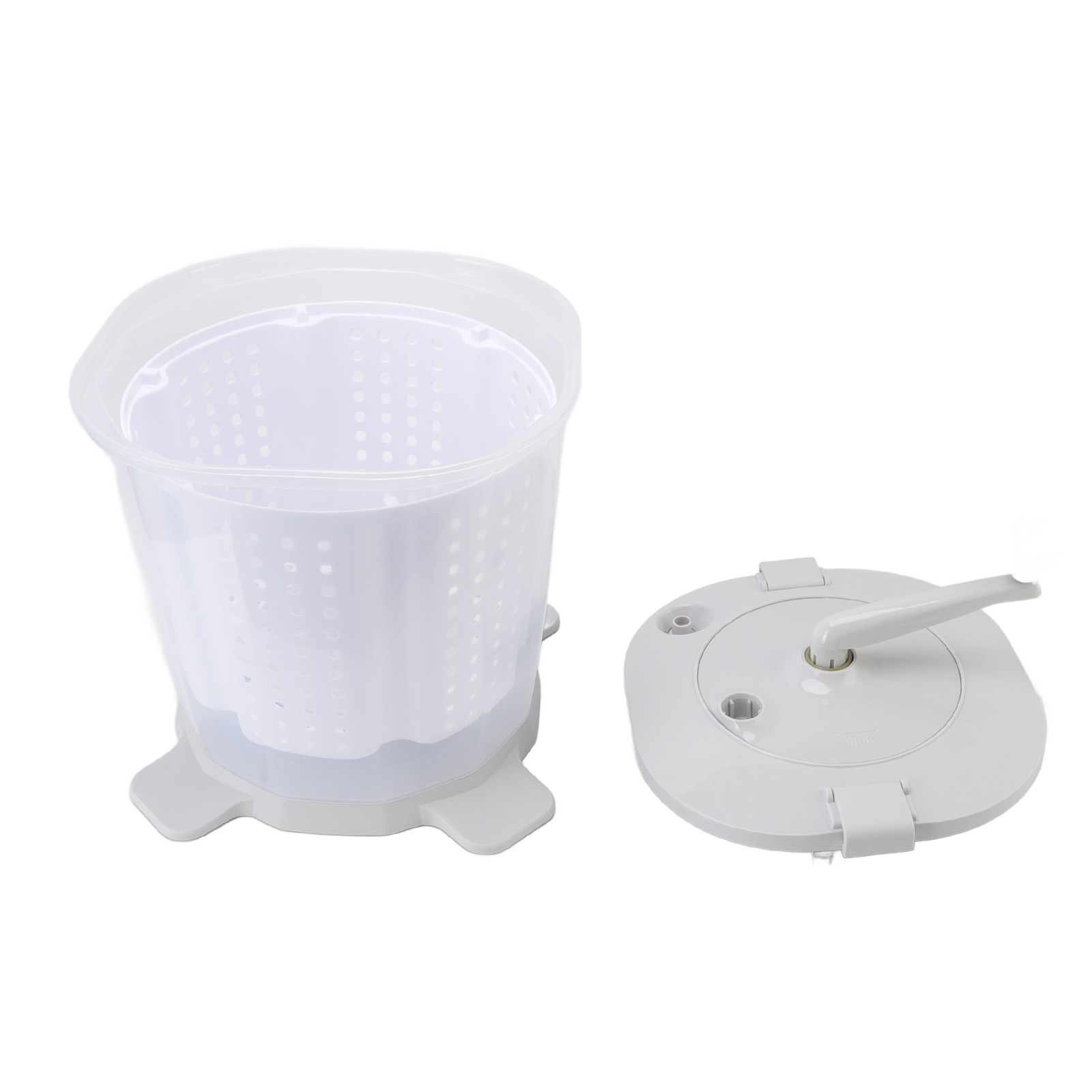
-
Environmental Benefits of Non-Electric Washing Machines
With concerns such as climate change and pollution shaping our contemporary world, embracing non-electric washing machines can significantly reduce our carbon footprint. Washing machine without electricity or water connections, leading to incredible energy and water savings. By minimizing reliance on electricity, we can decrease our consumption of fossil fuels and contribute to a cleaner and greener planet.
-
Cost-Effective and Efficient Laundry Solution
One of the most compelling advantages of non-electric washing machines is the considerable cost savings they offer. Without the need for electricity and expensive appliances, these machines are incredibly affordable to purchase and operate. Additionally, they have minimal maintenance requirements, consisting mainly of periodic cleaning, which further adds to their cost-effectiveness. This affordability makes them an ideal choice for individuals or families on tight budgets.
-
Portability and Versatility
Non-electric washing machines are often designed to be compact and portable, which lends tremendous convenience to those living in smaller spaces or on the move. Their lightweight construction allows for easy transportation and storage. Moreover, these machines can be used virtually anywhere, from apartments and RVs to remote camping sites and off-grid locations, offering unparalleled versatility.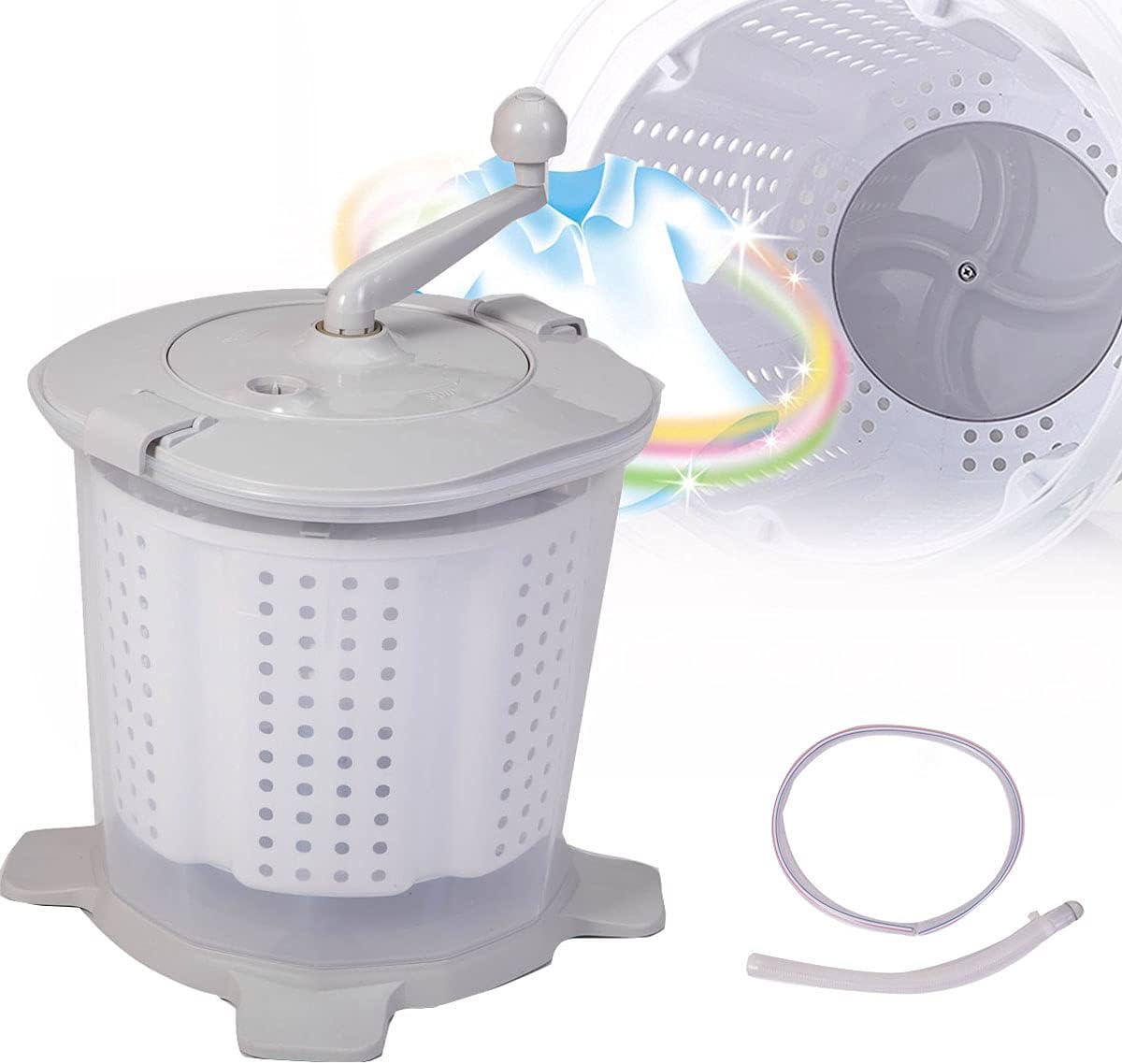
-
The Mechanics of Non-Electric Washing Machines
Within the realm of non-electric washing machines, there exist various designs and mechanisms that enable effective cleaning. Some utilize a crank or handle to agitate the clothes, mimicking the gentle motion of hand-washing. Others employ a foot pedal, leveraging human leg power to produce the desired agitation. Regardless of the mechanism, these machines are engineered to provide a thorough and effective wash.
Choosing the Right Non-Electric Washing Machine
Evaluating Your Needs
When selecting a non-electric washing machine, it is essential to evaluate individual needs. Various factors influence the best choice for each household. Consider aspects such as the size of your family, the types of fabrics you intend to wash, and the available space. For larger families, a model with a more significant capacity might be necessary. Conversely, singles or couples may benefit from smaller, more compact machines.
Additionally, consider how often you do laundry. If daily washing is routine, investing in a robust model may be worthwhile. However, if laundry only occurs occasionally, a simpler model may suffice. Consulting reviews can offer insights into different brands and their performance. By conducting thorough research before purchasing, consumers can make informed choices that suit their specific lifestyle and budget.
Assessing Maintenance Requirements
Another vital aspect involves assessing the maintenance requirements of non-electric washing machines. Different models will have varying levels of upkeep. Typically, manual machines require occasional rinsing, wiping, and inspection for wear. Additionally, lubricating gears or cranks may be necessary to ensure smooth operation. Understanding the maintenance needs upfront can prevent future inconveniences.
It is also helpful to consider the availability of replacement parts. Some manufacturers provide good customer support and offer an impressive range of spare parts. In contrast, others may have limited options, leading to challenges in repair. For this reason, discussing maintenance concerns with existing users can yield valuable insights. This dialogue can give potential buyers the knowledge needed to choose a machine that offers ease of use and longevity.
Tips for Using Non-Electric Washing Machines
Proper Loading Techniques
To optimize performance, employing proper loading techniques is crucial. Avoid overloading the machine, as this can hinder the washing process. Instead, wash smaller loads at a time, ensuring adequate water and detergent circulation. By doing this, users can achieve better cleansing results. Proper loading also reduces unnecessary wear on the machine, extending its life.
Additionally, segregate clothes by fabric type and color. Washing similar items together prevents damage and fading. For instance, keeping heavy-duty fabrics separate from delicate pieces protects both. Practicing these simple techniques leads to consistent results in laundry. Users will find satisfaction in the cleanliness and longevity of their clothing.
Water Temperature Considerations
When washing clothes manually, consider the water temperature. Warm or hot water works best for heavily soiled items or greasy stains. Conversely, delicate fabrics should be washed in cold water to prevent damage. Being mindful of temperatures results in cleaner clothes and helps maintain fabric integrity. Furthermore, adjust the detergent type based on the temperature used. As an example, certain detergents perform better in cold water, while others are more effective in warm.
Each step in the washing process contributes to the overall efficiency of non-electric machines. By adhering to these tips, users are more likely to maximize the performance of their washing devices. This ultimately leads to cleaner clothes and a more enjoyable experience overall.
Conclusion:
As we navigate an era of sustainable living, exploring alternatives to conventional electrical appliances becomes paramount. Non-electric washing machines not only reduce our carbon footprint but also offer cost-effective and efficient laundry solutions. Their simplicity, environmental benefits, affordability, and portability make them a compelling choice for individuals and communities worldwide. By embracing these timeless machines, we can contribute to a greener future while rediscovering the satisfaction of simpler, more self-sufficient lifestyles.
Expanding on the topic of non-electric washing machines, one of the standout features is their portability. These units can be used virtually anywhere, from a tiny urban apartment to a remote cabin in the woods. This makes them an excellent choice for those who enjoy camping or have homes without traditional utility hookups.
The adoption of non-electric washers can also teach valuable lessons in self-sufficiency. Their use involves a deliberate process, encouraging users to think more carefully about their laundry habits. One must ponder the amount of clothing they use, and how often they truly require washing, fostering a more intentional and sustainable lifestyle.

